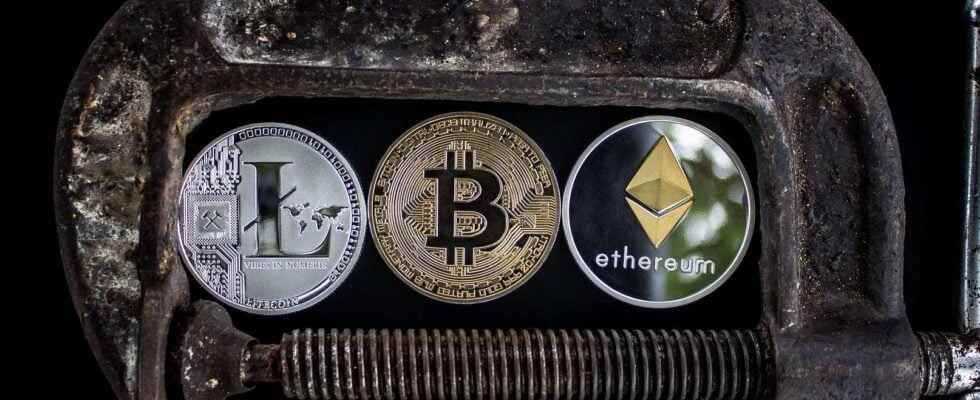In the cryptocurrency world, it’s common to hear about coins and tokens. What do they mean? Why these two terms? Would it be the same notion? Not really…
You will also be interested
[EN VIDÉO] Blockchain: a revolution to fear or to provoke? Blockchains secure any transaction by recording the history of exchanges in blocks. This data is encrypted and disseminated in an essentially uncontrolled decentralized network. Cryptocurrencies are therefore only one of the possible applications. And they are innumerable, shows us Gilles Babinet, specialist in the digital economy.
Basically, a cryptocurrency is based on a mechanism called the blockchain, or the equivalent of a register of transactions carried out on this currency. The blockchain is the element that guarantees the reliability of a given transaction: it is based on an encryption system of such complexity that it is virtually impossible to falsify it. One of the exceptions – extremely rare – concerns the attack of the 51% and supposes that a hacker manages to take control at a given moment of more than half of the computers dedicated to the validation of a currency, in the world.
the bitcoin was the first currency to be based on a blockchain, in accordance with the specifications of this currency set out in the white paper published by Satoshi Nakamoto on October 31, 2008. As early as 2011, other cryptocurrencies appeared such as Litecoin and Namecoin. Gold :
- Namecoin relies on the blockchain of Bitcoin ;
- Litecoin is based on its own blockchain.
A blockchain affair
There is therefore a distinction between these two types of money. From there, a nomenclature was born:
- A currency that relies on its own blockchain is a wedge. We often talk about ” altcoin To designate a coin other than Bitcoin.
- A currency that relies on a pre-existing blockchain is a token.
What could have been the interest of creating a type of blockchain different from that of Bitcoin ? Quite simply because, over the years, certain shortcomings have appeared in the use of this original blockchain. Thus, it is common knowledge that the Bitcoin blockchain has grown excessively over the years – its size was 354MB at the start of September 2021. It has become unwieldy with it, for a while. power consumption excessive for the validation of transactions, which leads Bitcoin to be regularly criticized.
From 2014, Ethereum has appeared, again with its own blockchain – we also speak of “native” blockchain. However, a large number of cryptocurrencies have appeared in its wake, similarly based on the blockchain of theEthereum, with specifications laid down in a precise document: ERC-20. Among these currencies, we can cite the BNT of Bancor, the REP of Augur, the HVAC of Civic … A large number of cryptocurrencies thus appeared since 2014 are based on the Ethereum blockchain.
At the same time, some cryptocurrencies have chosen to define their own blockchain, for example, Cardano’s ADA or Monero’s XMR.
Thus :
- Ethereum, having its own blockchain, is a corner.
- Ethereum based currencies such as BNT, REP or CVC are tokens.
- Currencies such as ADA or XMR are coins.
When a token becomes a coin
It also happens that a currency starts as a token, then changes nature to become a coin. So Binance’s BNB was first a token based on Ethereum’s blockchain. Then, the BNB evolved to be based on its own blockchain. So it has become a corner.
Interested in what you just read?
.
fs2
